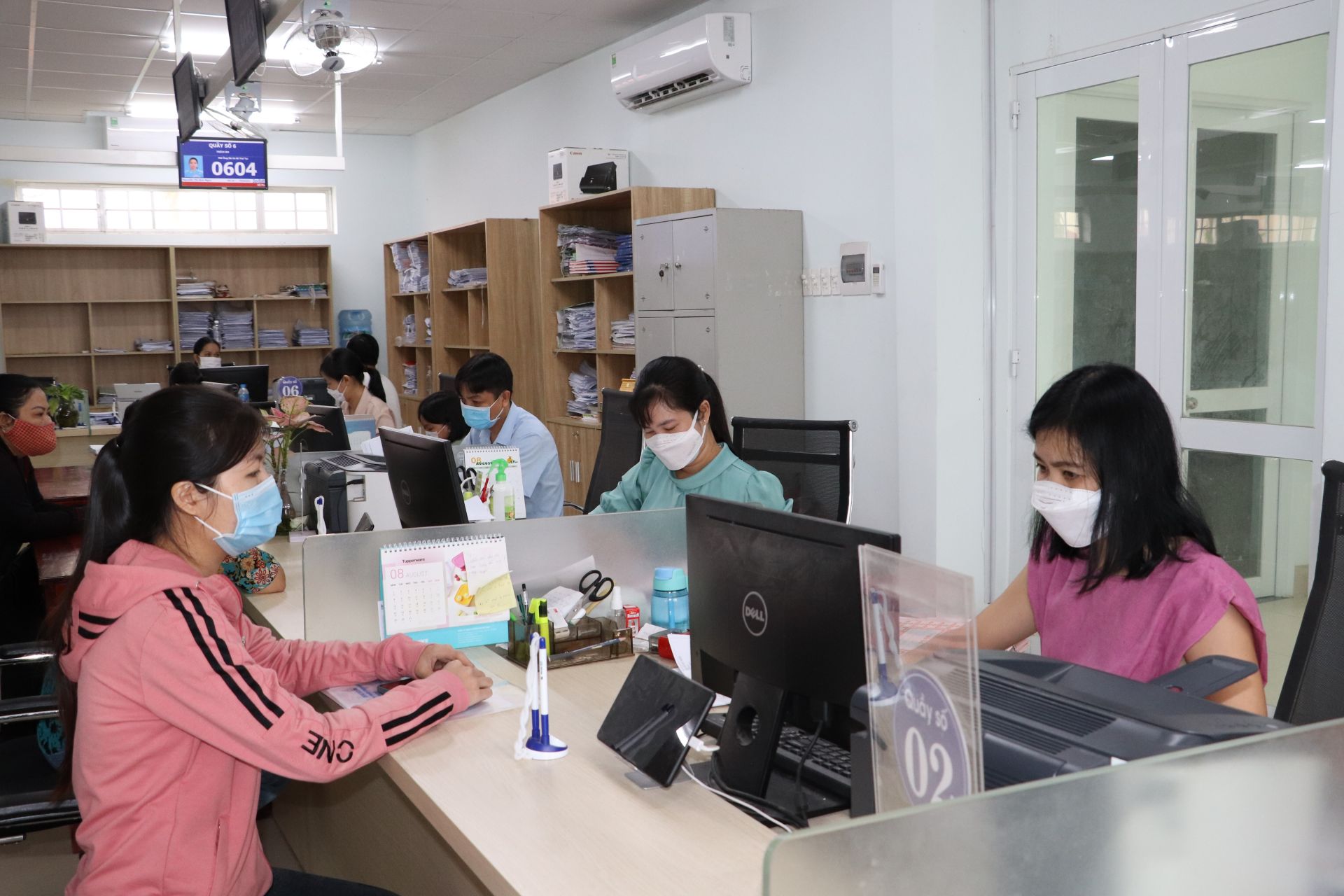Environmental protection requirements for railway vehicles during operation and use in Vietnam
What are the environmental protection requirements for railway vehicles during operation and use in Vietnam?

Environmental protection requirements for railway vehicles during operation and use in Vietnam (Internet image)
On November 3, 2023, the Minister of Transport issued Circular 30/2023/TT-BGTVT 03 on national technical regulations on railway vehicles; including National Technical Regulation QCVN 15:2023/BGTVT on technical safety and environmental protection requirements for railway vehicles during operation and use.
Environmental protection requirements for railway vehicles during operation and use in Vietnam
QCVN 15:2023/BGTVT regulates technical requirements and inspection of technical safety and environmental protection for railway vehicles when periodically inspecting, converting, and importing used goods with HS codes as prescribed in Circular 31/2022/TT-BTC promulgating the List of Vietnam's export and import goods, shown in Appendix A attached to QCVN 15:2023/BGTVT.
This regulation does not apply to high-speed railway vehicles, military and police railway vehicles used for defense and security purposes, or converted and imported used urban railway carriages.
This regulation applies to organizations and individuals involved in the management, repair, maintenance, import, conversion, exploitation, inspection, and certification of technical safety and environmental protection of vehicles. railway traffic falling within the scope of regulation at Point 1.1 of this Regulation.
General requirements of technical regulations on technical safety and environmental protection requirements for railway vehicles during operation and use are as follows:
1. Repair facilities, vehicle owners, vehicle operators, and manufacturers provide and are responsible for the declared content and legality of the vehicle inspection report (hereinafter referred to as the inspection report); the vehicle information declaration is specified in Appendix F.
2. Maximum cross-sectional contour size of the vehicle:
- For vehicles operating on national railways and specialized railways connecting rails to national railways, they must conform to the rolling stock gauge limit in National Technical Regulations on Railway Operation QCVN 08:2018/BGTVT;
- For vehicles operating on urban railways and specialized railways not connecting tracks with national railways that pass through residential areas or intersect with roads: The largest cross-sectional contour at any location does not exceed the vehicle limit of the railway.
3. Vehicle number must match the inspection report.
4. Test operation of the vehicle:
4.1 Locomotives and passenger cars, after periodic repairs, are tested and operated in accordance with vehicle technical documents. The minimum trial operating distance is 100 km for national railways and 50 km for specialized railways.
4.2 The converted vehicle is tested in accordance with the provisions of the vehicle's technical documents.
4.3 Used imported vehicles tested on the railway system are expected to operate at least 100 km for national railways and 50 km for specialized railways, ensuring passage of the largest slope, smallest passage radius, and speed suitable for the operating route.
4.4 The load used for test operation must have a mass equivalent to the rolling stock or towing mass of the locomotive. Passenger carriages during test operations must not carry passengers. In cases where it is necessary to load to evaluate the durability of the steel structure and braking efficiency, a load with a mass equivalent to the carriage's tonnage must be used.
5 For the means of conversion
The content after conversion must be consistent with the corresponding content specified in Article 2 of this Regulation.
More details can be found in Circular 30/2023/TT-BGTVT, taking effect on December 21, 2023.
- Number of deputy directors of departments in Vietnam in accordance with Decree 45/2025/ND-CP
- Cases ineligible for pardon in Vietnam in 2025
- Decree 50/2025 amending Decree 151/2017 on the management of public assets in Vietnam
- Circular 07/2025 amending Circular 02/2022 on the Law on Environmental Protection in Vietnam
- Adjustment to the organizational structure of the Ministry of Health of Vietnam: Certain agencies are no longer listed in the organizational structure
- Vietnam aims to welcome 22-23 million international tourists in Vietnam in 2025
-

- Emergency response and search and rescue organizations ...
- 10:29, 11/09/2024
-

- Handling of the acceptance results of ministerial ...
- 09:30, 11/09/2024
-

- Guidance on unexploded ordnance investigation ...
- 18:30, 09/09/2024
-

- Sources of the National database on construction ...
- 16:37, 09/09/2024
-

- General regulations on the implementation of administrative ...
- 11:30, 09/09/2024
-

- Notable new policies of Vietnam effective as of ...
- 16:26, 11/04/2025
-
.Medium.png)
- Notable documents of Vietnam in the previous week ...
- 16:21, 11/04/2025
-
.Medium.png)
- Notable documents of Vietnam in the previous week ...
- 16:11, 02/04/2025
-
.Medium.png)
- Notable new policies of Vietnam to be effective ...
- 16:04, 02/04/2025
-
.Medium.png)
- Notable new policies of Vietnam effective from ...
- 14:51, 21/03/2025

 Article table of contents
Article table of contents
